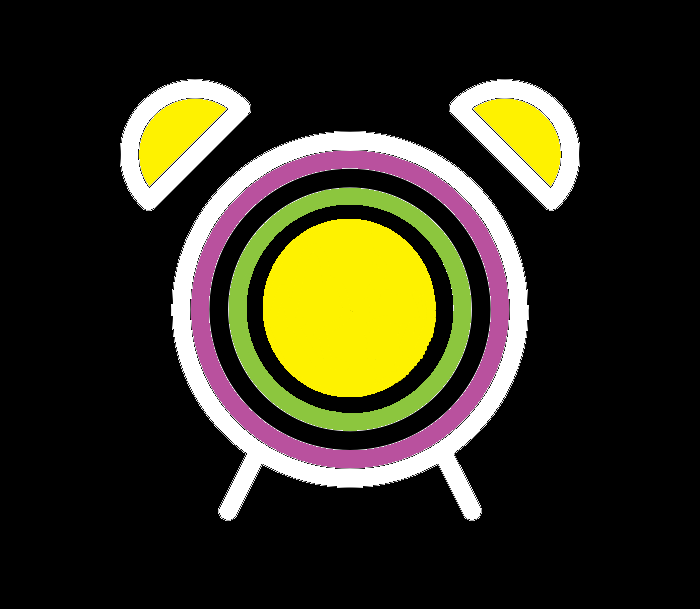Salt Crystal Experiment: Grow Your Own Sparkling Crystals
What Happens When Saltwater Dries?
Have you ever wondered how crystals form in nature? This easy salt crystal experiment is a fun way for kids to explore crystallization—the same process that creates gemstones, snowflakes, and even rock formations!
With just salt, water, and a little patience, kids can grow their own dazzling crystals while learning about supersaturated solutions and molecular structures. It’s a hands-on chemistry experiment that makes science fun, interactive, and easy to try at home!
What You’ll Learn in This Egg Science Experiment
This engaging STEM experiment introduces kids to essential chemistry and geology concepts, including:
- How a supersaturated solution works—why hot water dissolves more salt than cold water.
- The process of crystallization—how salt molecules arrange themselves into solid crystal structures.
- Factors that affect crystal growth—why some crystals grow larger or faster than others.
- Real-world applications—how similar processes occur in caves, oceans, and even food production!
It’s a perfect science experiment for kids, mixing learning with creativity while bringing chemistry to life in a way they can see!
Why This Experiment Matters
Crystals aren’t just pretty—they’re an essential part of nature and science! From table salt and sugar to quartz and diamonds, crystals play a big role in everyday life. This salt crystal experiment for kids helps them understand how these natural formations happen through a simple, at-home chemistry experiment.
By making observations and experimenting with different types of salt, kids develop STEM skills, learn about solubility and evaporation, and think like real scientists!
Quick Facts
- Time Needed: 10 minutes to set up, then several days to grow
- Difficulty Level: Intermediate
- Best For: Ages 6–12 (elementary school kids)
- Science Type: Chemistry, Geology
- Mess Level: Low
- Materials Needed:
- Table salt (or Epsom salt, rock salt, or alum)
- Hot water (for dissolving salt)
- Measuring cups
- Spoon for stirring
- Containers (small bowls, mason jar lids, or sponges)
- String or pipe cleaners (for growing salt crystals on)
- Food coloring (optional, for colorful crystals)
Tip: Try using different types of salt to see how the crystal shapes change!
What’s the Science?
When salt dissolves in hot water, the water molecules separate the salt into tiny particles. The hotter the water, the more salt it can dissolve, creating a supersaturated solution.
As the water evaporates, the salt molecules reconnect and form crystals. The slower this process, the larger the crystals grow!
For Example:
- Table salt forms cubic salt crystals.
- Epsom salt creates needle-like structures.
- Alum grows large, gem-like crystals.
By experimenting with different salts, kids can observe how molecular structures affect crystal growth!
Fun Fact Corner
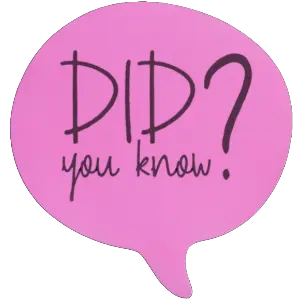
Did you know? The largest natural salt crystals ever discovered are in Mexico’s Naica Cave—some are over 30 feet long!
Ask your child: “What do you think would happen if we added sugar instead of salt? Would it form crystals the same way?”
Ready to Grow Your Own Salt Crystals?
Gather your materials and start this crystal-growing experiment today! It’s a fun, hands-on way to explore chemistry at home while making beautiful salt crystals.
Save this experiment for later—pin it or share it with a fellow science-loving parent!
Share your results with us on social media @arecipeforscience
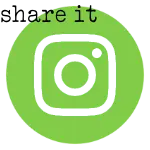

Looking for more fun science activities? Check out our Make a Geode Experiment or explore our full collection of hands-on experiments at A Recipe for Science!
What’s the Science Behind the Science?
The salt crystal experiment is more than just a fun STEM activity—it’s a hands-on way to explore the fascinating worlds of chemistry and geology! Crystals aren’t just pretty—they play a big role in nature, science, and even the food we eat. Let’s take a closer look at the science behind this experiment!
This fun experiment falls under Chemistry and Geology, specifically Physical Chemistry and Minerology. Let’s find out a little more about both.
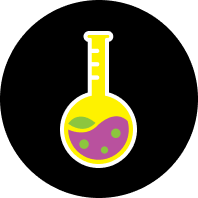
Chemistry: The Science of What Things Are Made Of
Chemistry is the study of matter—what everything in the universe is made of—and how substances change, mix, and react. From the fizz in soda to the way metal rusts, chemistry explains the transformations we see every day.
In this experiment, we see physical chemistry at work, which focuses on how substances dissolve and form new structures, like crystals!
Check out more Chemistry experiments.

Geology: The Science of Rocks and Minerals
Geology is the study of Earth’s materials, from towering mountains to tiny grains of sand. Mineralogy, a branch of geology, focuses on minerals—including crystals like quartz, diamonds, and even table salt!
This experiment mimics natural crystal formation that happens deep underground in caves, in ocean water, and even on the surface of drying lake beds.
Check out more Geology experiments.
Why It Matters
Crystals aren’t just for decoration—they’re everywhere!
- Technology: Many electronics, like smartphones and computers, rely on crystal structures (like silicon) to function.
- Everyday Life: Salt and sugar crystals are essential in cooking and food preservation.
- Nature: Snowflakes, gemstones, and even bones and shells form through crystallization!
By understanding how salt crystals grow, kids get a glimpse into the same processes that create some of Earth’s most incredible formations.
Branches of Chemistry and Geology
Chemistry’s Key Areas:
- Organic Chemistry – The study of carbon-based molecules (like in plants and animals).
- Inorganic Chemistry – The study of minerals, metals, and salts (like the salt in this experiment!).
- Physical Chemistry – Focuses on how matter changes, like dissolving and crystallizing.
Geology’s Key Areas:
- Mineralogy – The study of minerals and crystals.
- Petrology – The study of rocks and how they form.
- Geochemistry – Explores how chemical processes shape Earth.
Deep Dive: How Physical Chemistry and Mineralogy Shape Our World
Physical Chemistry: The Science of Change
In this experiment, hot water dissolves salt, creating a supersaturated solution—meaning there’s more salt than the water can normally hold. As the water evaporates, the salt molecules come back together, forming solid salt crystals. This is a perfect example of how solubility, evaporation, and crystallization work together in chemistry!
Ask Your Kids: “What do you think would happen if we added even more salt? Would bigger crystals grow?“
Mineralogy: The Secret Life of Crystals
Salt isn’t the only crystal! The same process happens in nature to create:
- Halite (rock salt): Forms in dried-up lakes and ocean beds.
- Quartz: Grows inside rocks over millions of years.
- Diamonds: Form deep underground under extreme heat and pressure.
By experimenting with different salts (table salt vs. Epsom salt), kids can see how crystal structures vary just like in nature!
Why This Experiment Is So Cool
- It’s a mini version of how real crystals form in nature.
- It teaches chemistry and geology in a hands-on way.
- It encourages curiosity—kids can experiment with different salts, temperatures, and solutions to see what changes!
Crystals aren’t just for science experiments—they’re part of our world, from the food we eat to the technology we use. So, grab some salt, start growing, and let your young scientist explore the amazing process of crystallization!
Would you like to try more crystallization experiments?
Explore our How to Make Borax Crystals or check out our full collection of fun science experiments for kids!
Check out more crystal experiments.
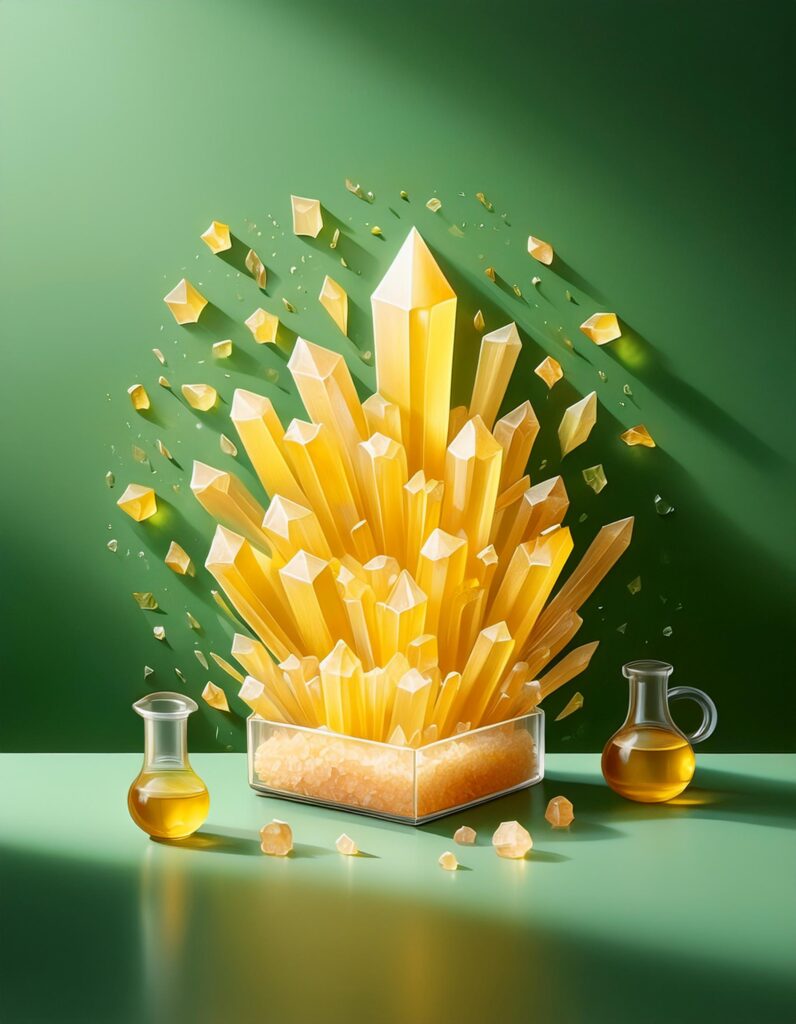
How to Make Salt Crystals
Ingredients
INSTRUCTIONS
-
Click here for the full experiment details. Checkout the main website: One Little Project
-
Get experimenting!
-
Feed your knowledge.
-
Come back for more recipes for science!




